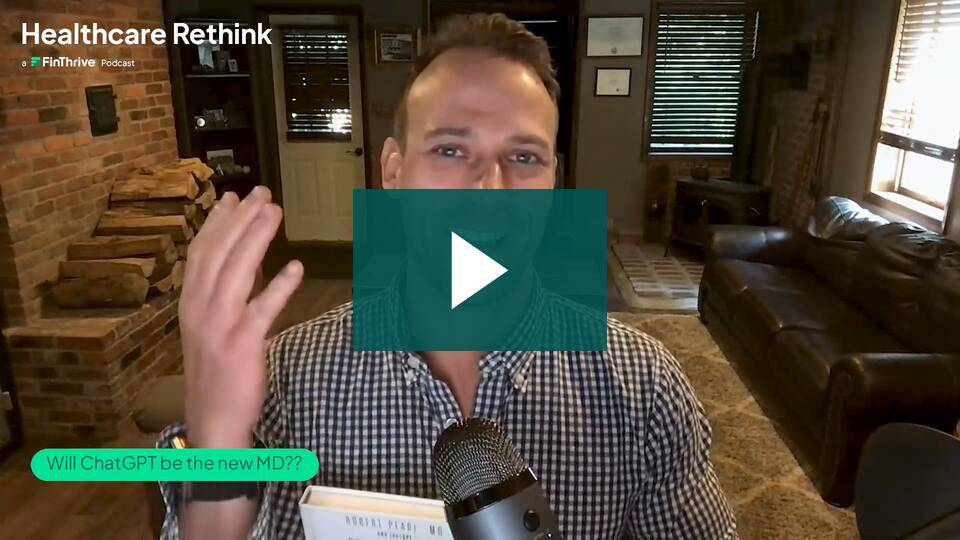Payments in 2018
Top 20 Companies
Click on a company to see how its payments break down by drug, device, or doctor. Or, see all companies »
GENENTECH, INC. $478M
ZIMMER BIOMET HOLDINGS, INC. $109M
STRYKER CORPORATION $91.9M
BOSTON SCIENTIFIC CORPORATION $82.2M
ALLERGAN INC. $73M
ARTHREX, INC. $70.3M
MEDTRONIC USA, INC. $66M
DEPUY SYNTHES PRODUCTS LLC $61.7M
PFIZER INC. $48.9M
ASTRAZENECA PHARMACEUTICALS LP $45M
ABBVIE, INC. $42.9M
AMGEN INC. $41.4M
INTUITIVE SURGICAL, INC. $39.8M
MEDICAL DEVICE BUSINESS SERVICES, INC. $39.1M
GILEAD SCIENCES INC $38.6M
MEDTRONIC VASCULAR, INC. $37.9M
MERCK SHARP & DOHME CORPORATION $37.4M
GENZYME CORPORATION $35.2M
ABBOTT LABORATORIES $33.8M
NOVARTIS PHARMACEUTICALS CORPORATION $32.1M
Payments in Your State
Click on a state to see payments made to doctors there.
California $306M
Texas $188M
New York $179M
Florida $150M
Pennsylvania $97.6M
Ohio $86.1M
Illinois $80.9M
North Carolina $74.1M
Tennessee $69M
Massachusetts $68.5M
Georgia $60.4M
Michigan $58M
Arizona $53.9M
Colorado $49.1M
Maryland $48.8M
Washington $48M
Missouri $46.7M
New Jersey $42.3M
Virginia $42.2M
Minnesota $38.5M
Indiana $32.4M
Connecticut $27.3M
Wisconsin $24.9M
Louisiana $23.9M
Kentucky $23.7M
Utah $23.3M
Alabama $20.4M
South Carolina $20.3M
North Dakota $18.6M
Nevada $18.5M
District of Columbia $14.5M
Oklahoma $14.3M
Oregon $13.8M
Iowa $11.3M
Kansas $10.6M
Mississippi $9.99M
Puerto Rico $8.18M
Arkansas $7.28M
Nebraska $6.83M
Rhode Island $6.6M
West Virginia $6.3M
Idaho $5.45M
New Hampshire $5.15M
South Dakota $5.12M
New Mexico $5.08M
Hawaii $4.29M
Delaware $3.81M
Maine $3.06M
Montana $1.61M
Vermont $1.45M
Alaska $1.08M
Wyoming $1.02M
Palau $520K
Armed Forces Pacific $57,415
Armed Forces Europe $33,097
Guam $13,425
Virgin Islands $10,159
Armed Forces Americas $1,215
Northern Mariana Islands $157
Micronesia $60
Highest-Earning Doctors
KEVIN FOLEY
Neurological Surgery MEMPHIS, TN $29M
STEPHEN BURKHART
Orthopaedic Surgery SAN ANTONIO, TX $25.9M
TSONTCHO IANCHULEV
Ophthalmology SAN MATEO, CA $20.7M
WILLIAM BINDER
Plastic Surgery Within the Head and Neck BEVERLY HILLS, CA $16.7M
WILLIAM NOYES
Radiation Oncology GRAND FORKS, ND $15.8M
GAIL LEBOVIC
Plastic and Reconstructive Surgery DALLAS, TX $10.5M
LEO HOPKINS
Neurological Surgery BUFFALO, NY $9.45M
NEAL ELATTRACHE
Sports Medicine LOS ANGELES, CA $7.81M
CHARLES DECOOK
Family Medicine CUMMING, GA $7.46M
GARY CARR
Dentist, Endodontics SAN DIEGO, CA $6.25M
Doctors Paid the Most Often
RAKESH JAIN
Psychiatry LAKE JACKSON, TX 1,140
JASON KELLOGG
Psychiatry IRVINE, CA 961
ROBERT BUSCH
Endocrinology, Diabetes & Metabolism ALBANY, NY 926
ANDREW BLUMENFELD
Neurology CARLSBAD, CA 878
MITCHELL SORSBY
Endocrinology, Diabetes & Metabolism PLANO, TX 867
GUSTAVO ALVA
Psychiatry COSTA MESA, CA 866
STEVE FORDAN
Endocrinology, Diabetes & Metabolism DALLAS, TX 782
ARVINDER PAL WALIA
Psychiatry AUSTIN, TX 763
JOSELITO CABACCAN
Endocrinology, Diabetes & Metabolism SAN JOSE, CA 758
SANJAY CHABRA
Rheumatology EL PASO, TX 750
LESLIE CITROME
Psychiatry POMONA, NY 747
RICHARD KHALIL
Family Medicine YONKERS, NY 746
MICHAEL MEASOM
Psychiatry SLC, UT 741
AARON BROADWELL
Rheumatology SHREVEPORT, LA 740
GREGG FRIEDMAN
Psychiatry HALLANDALE BEACH, FL 734
ANTHONY TURKIEWICZ
Rheumatology BIRMINGHAM, AL 732
CORY RUBIN
Clinical & Laboratory Dermatological Immunology ANN ARBOR, MI 722
PAUL YAMAUCHI
Dermatology SANTA MONICA, CA 720
MATTHEW BUDOFF
Cardiovascular Disease TORRANCE, CA 715
NIKU SINGH
Psychiatry FALLS CHURCH, VA 715
Teaching Hospitals Paid the Most Often
See all teaching hospitals »
HOSPITAL OF THE UNIV OF PENNA
805
CLEVELAND CLINIC HOSPITAL
738
UNIVERSITY OF IOWA HOSP & CLINICS
693
RONALD REAGAN UCLA MEDICAL CENTER
551
EMORY UNIVERSITY HOSPITAL
543
LANGLEY PORTER PSYCHIATRIC HOSPTIAL
489
UNIVERSITY OF WASHINGTON MED CTR
484
FLORIDA HOSPITAL
484
UNIVERSITY OF ALABAMA HOSPITAL
464
UT MD ANDERSON CANCER CENTER
458
CEDARS-SINAI MEDICAL CENTER
446
THE METHODIST HOSPITAL
426
RUSH UNIVERSITY MEDICAL CENTER
414
BRIGHAM AND WOMENS HOSPITAL
400
UCI MEDICAL CENTER
389
MASSACHUSETTS GENERAL HOSPITAL
363
OHSU HOSPITAL AND CLINICS
345
DANA-FARBER CANCER INSTITUTE
340
STRONG MEMORIAL HOSPITAL
337
UNIV OF MI HOSPITALS & HLTH CTRS
332
Top 10 Drugs
Includes all general payments to doctors and teaching hospitals.
OCREVUS $24.4M
BOTOX $23.3M
ACTEMRA $22.2M
XOLAIR $21.5M
PERJETA $20.1M
LUCENTIS $18.9M
Top 10 Devices
Includes all general payments to doctors and teaching hospitals.
GENERAL THERAPIES $44.9M
DA VINCI SURGICAL SYSTEM $39.8M
SHOULDER IMPLANTS SPEEDBRIDGE COMPOSITE ANCHORS $37.9M
SHOULDER IMPLANTS PUSHLOCKS COMPOSITE ANCHORS $33.9M
SHOULDER IMPLANTS SWIVELOCKS PEEK ANCHORS $33.8M
SHOULDER IMPLANTS SWIVELOCKS COMPOSITE ANCHORS $33.8M
ATTUNE $29.3M
MILOOP $25.5M
DISTAL EXTREMITIES IMPLANTS SOFT TISSUE ACHILLES $23.1M
ACCOLADE $21.4M
Source: The Centers for Medicare and Medicaid Services Open Payments data.












